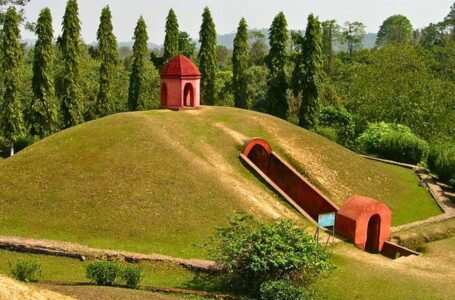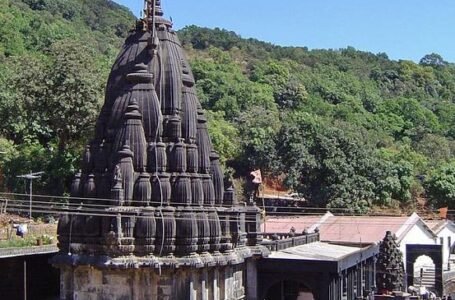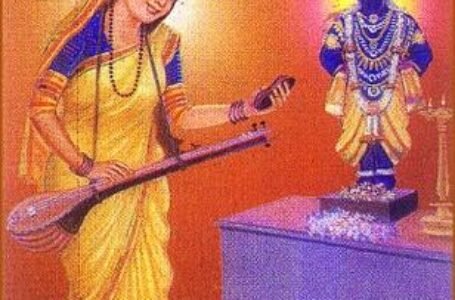The delicately weaved, eye-catching Kullu Shawls of Himachal Pradesh
- Lifestyle Ancient history Medieval history
 Khadija Khan
Khadija Khan- February 7, 2023
- 0
- 655

Kullu Shawls have the finest piece among the enthusiasts of Himachali handicrafts, which span the globe. The district’s capital, Kullu, is located in the Himachal Pradesh state of India. Created between Manali and Largi by the Beas River banks, lies Kullu, a wide open valley. This valley is renowned for its beautiful hills covered in pine and deodar forests, as well as its expansive apple orchards, temples, and natural beauty. The valley is home to several Buddhists, Hindus, and Sikhs. Thus, it is also called “Dev Bhumi”.

Its famous shawl style known as the “Kullu shawl” has a variety of geometrical designs and vivid colours. The native Kulivi people used to weave simple shawls, but once Bushehar-based artisans arrived in the early 1940s, the style began to shift toward more patterned shawls. The Kullvi people live in the Himalayan region’s cold, temperate climate, which is ideal for raising sheep and goats and which also satisfies the need for woollens. Kullu shawls are well-known for being weaved of a variety of natural exquisite woollen fabrics, with bright colours and a high-quality manufacture.
Industrialized goods couldn’t reach the pre-independence era since there weren’t enough transportation infrastructure. So previously, Kullu’s residents wove “Patti,” meaning a local tweed of short breadth that offers protection from wind, rain, and snow. This fabric is made from a sheep wool weave.
It met the minimal minimum requirements for covering their bodies and insulating themselves from extreme cold.

But when weavers from Bushehar (Shimla) arrived in the valley, they changed the woven fabric. Their craft had an impact on the inhabitants of Kullu Valley and the patterned shawl started to emerge.
The traditional colours for Kullu shawls are black, white, and brown or natural grey. Vibrant colours like yellow, red, green, orange, and blue were utilised for patterning. These days, pastel colours are replacing these conventional brilliant colours in response to customer demand. One to eight colours can be used in each design. The materials used to manufacture Kullu shawls include Angora, Pashmina, Yak wool, sheep wool, and hand-spun fabric. These yarns have either chemical or vegetable dyes in them.
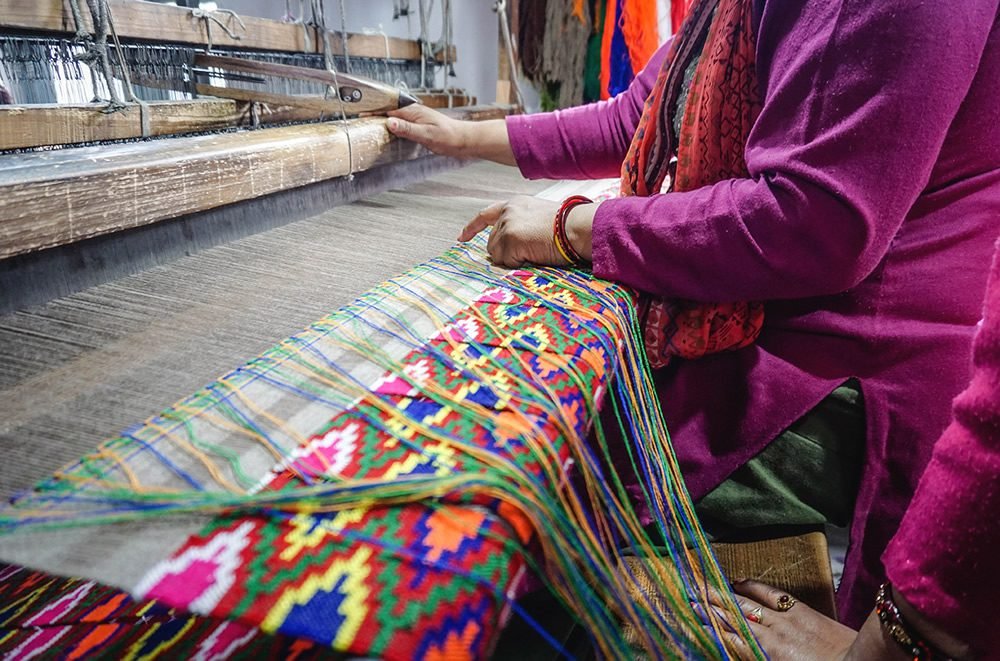
A simple, one-colour shawl without any pattern or design, plain with four sides bordered by coloured stripes or a traditional design, and so on. There are just a few different sorts of designs utilised on its two ends, which have three conventional motifs on each.
Tourists have a strong demand for kullu shawls. Each and every traveller to Himachal Pradesh, particularly Kullu purchases a shawl to commemorate their visit to this mountainous state. Globally, the Kullu shawl has benefitted, but to preserve handlooms for this handicraft sector, weavers must be safeguarded.

The following equipment and supplies are needed to make kullu shawls:
- Wool: Kullu shawls and stoles are made from woollen threads.
- Spinning Wheel: A tool for spinning thread from natural fibres is a spinning wheel.
- Handloom: An instrument used to weave fabric and tapestries is a loom.
- Yarn: Yarn is spun thread that is used for sewing, weaving, and knitting.
- Flying Shuttle: This handloom technology allows a single weaver to produce substantially broader fabrics.
- Scissors: When weaving, it is used to clip any superfluous threads.
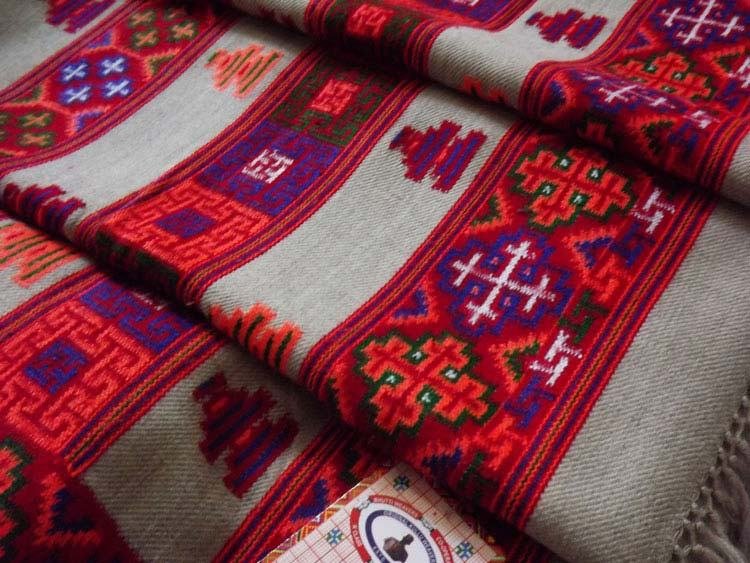
Starting with the fundamental raw materials, such as sheep, angora, or pashmina wool, the weaving procedure for shawls may begin. A spinning wheel is used to produce high-quality wool. The yarn is wrapped into a bundle after being retrieved. There are spindles full with woollen strands. A fly shuttle receives these spindles. The same traditional weaving is used by artisans, it is a technique that was used by their forefathers. Frame looms and the Pit are still used by weavers. The patterns are drawn using hand embroidery and the weaving is completed.
The Valley has simple access to the supplies needed to make shawls. If not made locally, it is easily imported from the states and nations nearby.
The Kullu Valley’s available wool is:
- Australian Merino wool
The spinning mills at Ludhiana, Amritsar, Panipat, Kullu, etc. clean, card, and spin natural fair fleece ends imported from Australia. The fibre is silky and of good quality.
The majority of Kullu shawls are made from this fine wool that has been dyed with various colours. Sometimes the weft of the hand-spun assortment of shawls may also be made of hand-spun Merino wool.
- Local Wool
This is wool that comes from sheep raised in Himachal Pradesh. The majority of them migrate from the settlements in the lower plains to the higher-elevation paddocks of the Himalayas during the summer to graze alongside the local shepherds. The sheep are transported back to their settlements in the lower Himalayas via the glacier iciness. Twice a year, in the months of September and April, the fall and spring seasons, these sheep are shorn.
The natural colours of this wool include white, black, grey, and brown. Local wool is typically utilised for floors and blankets due to its coarseness.
- Pashmina Wool
This wool is extracted from the underbelly of Tibetan pashmina goats. The grade of the shawls made from pashmina varies from fine to super-fine. They are really warm while remaining pure and light. Due to the considerable labour costs associated with sifting fine Pashmina fabric, they are somewhat pricey but fashionable.
- Angora Wool
This is Angora rabbit wool that was obtained from nearby Angora breeding farms. These rabbits are from Germany. They are reared for around two years and then sold as meat since they have an extremely high birth and mortality rate. Once every three months, they are trimmed. Angora wool is incredibly silky and smooth.
Only the “taki” is hand spun because of its high quality (i.e. the spindle). It may be dyed in the same colours as sheep’s wool and is typically found in the shades of white, brown, grey, and black. Since it is quite challenging to weave a 100% Angora shawl due to its fibrosity, they are instead made using merino for the warp and angora for the weft.
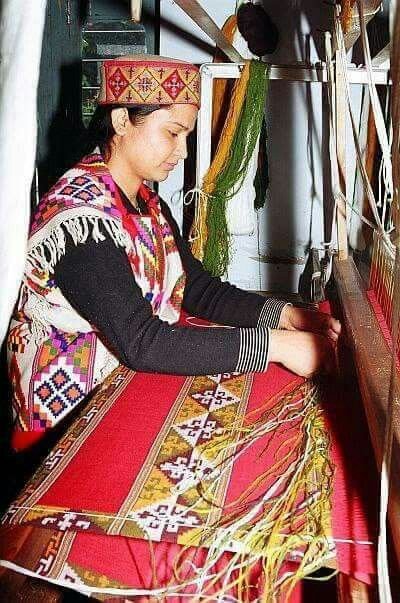
Types of yarns usually used:
Cotton fibre is utilised as warp in staple yarn.
Acrylic yarns are artificial wool that are used to create designs.
Process of weaving:
Making reels out of yams infused with ruffle, pashmina, and angora wool is the initial step in the shaw weaving process. When using a pitloom, the warp is created manually by wrapping it around peg supports that are spaced apart by a certain distance. By using fingers to draw the ends through the thread heddels and reed, the ends are drafted and dented. The warp is then positioned on the loom, its ends are knotted, and its tension is changed as necessary.
The warping machine winds the warp for the fly shuttle flaming loom. It is then transferred under tension to the warp beam and mounted on the loom for drafting and denting. The loom tie-ups and tension are revised, the warp ends are drafted and dented with a reed hook, and the loom is set up for weaving.
The shawl’s fundamental weave is a 2/2 twill with a straight or pointed drafting sequence.
The following surface textures are possible:
- Diagonal lines are produced by weaving a straight lifting plan onto a straight drafting plan.
- Vertical zigzag created by weaving a pointed lifting plan onto a straight drafting plan.
- A horizontal wavy pattern is created by weaving a straight lifting plan onto a pointed drafting plan.
- A diamond is created by weaving a pointed lifting plan onto a pointed drafting plan.
The ornamental border of the shawls are always weaved in a basket weave using the dove-tailing or slit-tapestry techniques. The woven pattern’s coloured graph is utilised as a guide, and the amount of ends per design is taken into account.
Cut acrylic wool threads in various colours are inserted onto the warp in groups of two to three plyies. Intertwining, often known as the “dove-tailing” technique or the tapestry weave, is the method used to create the design.

Shawl weaving is practised in almost every home in the valley. Most of it is concentrated in and near Kullu. Because it is simple to get raw materials and marketing facilities, there is a bigger concentration of weavers in Lag Valley, Parbati Valley, and Beas Valley.
Since Kullu shawis are traditionally made on handlooms, some outside manufacturers, particularly those in Ludhiana, are now producing cheap factory-made material with copied design patterns and selling it at steep discounts, which is having a negative impact on the market share of genuine Kullu Shawls and the local economy of the valley. As a result, the skilled weavers who have been practising their trade for years are slowly killing this lovely art. Because they are significantly more expensive and require a lot of labour, handmade kullu shawls are under intense competition.
